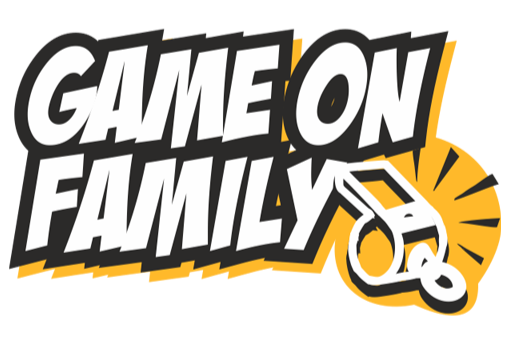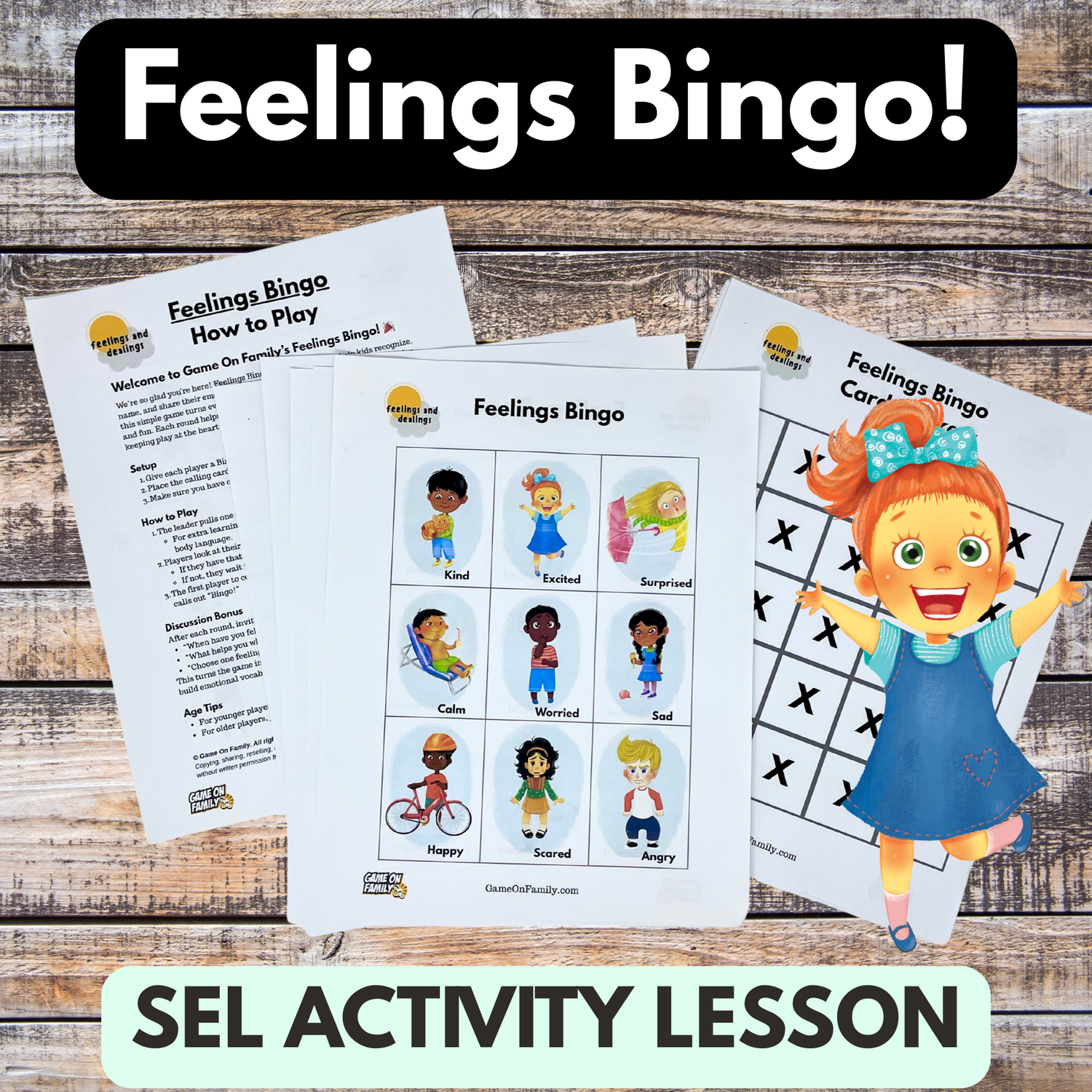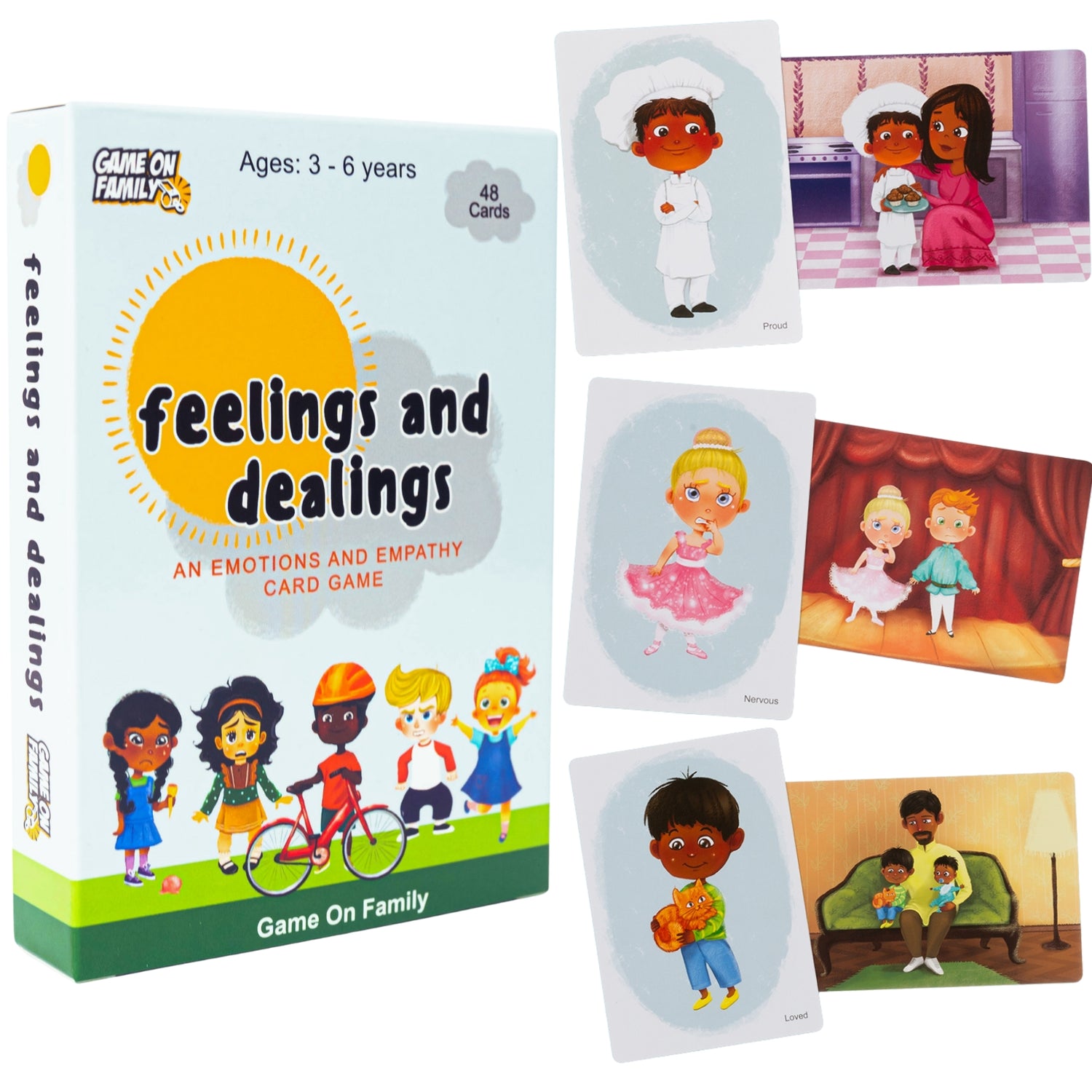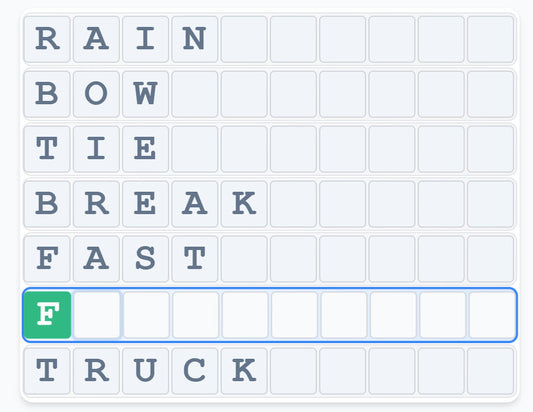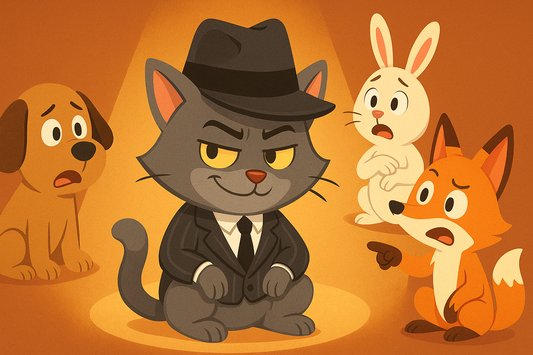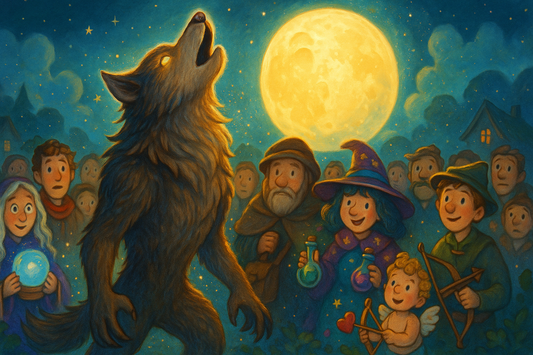
How to Play the “Who Am I” Game – Rules, Steps & Variations
Share
Who Am I is a classic party and icebreaker game where players try to guess the identity written on a sticky note placed on their forehead. It’s simple, silly, and gets everyone laughing — while also practicing deductive reasoning skills. The game works equally well for kids, families, classrooms, or groups of friends.
I love this game because it mixes quick thinking with social fun. You never know if you’ll be a famous celebrity, a cartoon character, or a historical figure — but figuring it out with only yes/no questions is always a blast.
Age Range
Ages 8 and up (younger kids can play if you use familiar names or pictures).
Game Length
15–30 minutes, depending on group size and difficulty of names.
Why We Like It for Kids and Families
- Quick to set up — just sticky notes and pens.
- Great for mixed ages since names can be adjusted for the group.
- Encourages logical thinking and confidence in asking questions.
- Works as both a quiet circle game or a lively mingling icebreaker.
Objective
Be the first player to correctly guess the name written on your forehead (or back) by asking clever yes/no questions. Play continues until everyone has figured out their identity.
How to Play Who Am I (Step by Step)
Step 1: Gather some friends, sticky notes, and a pen
All you need is paper (sticky notes work best), something to write with, and at least 3–4 players.
Step 2: Write down a name on each note
Each player secretly writes down the name of a real or fictional person, character, or figure. Make sure the names are familiar to most of the group.
Step 3: Place your note on another player
Without letting them see it, stick the note to another player’s forehead (or back). Now everyone can see their identity — except them.
Step 4: Form a circle in the room
Players sit or stand in a circle so turns can easily rotate.
Step 5: Choose a player to go first
Pick someone at random to kick things off.
Step 6: Start the yes/no questions
On your turn, ask a yes/no question about your identity (e.g., “Am I a real person?” “Am I alive today?”). The group answers together with “yes” or “no.”
Step 7: Rotate clockwise for turns
The next player in the circle now takes a turn asking a yes/no question about their own identity. Play continues clockwise.
Step 8: Ask or guess on each turn
Instead of asking a question, you may use your turn to guess who you are. If correct, you win! If wrong, your turn ends and play continues.
Step 9: Declare an initial winner
The first player to guess correctly wins the round.
Step 10: Continue until everyone guesses who they are
Keep playing until all players successfully guess their identity.
Rules
- Yes/No Questions Only: Players can only ask yes/no questions about their identity.
- One Question per Turn: Players alternate turns around the circle.
- Guessing: Players may choose to guess instead of asking a question on their turn. Correct = you’re done. Incorrect = turn ends, keep playing next time around.
- Winning: The first correct guesser is the winner, but play continues until all players solve theirs.
Strategies
- Start broad: Ask big category questions first (real or fictional, alive or dead, male or female, etc.).
- Narrow down: Once you know your category, get more specific (actor vs. athlete, cartoon vs. movie character).
- Pay attention: Listen to other players’ questions and answers. They might give you clues about your own identity.
- Be bold: If you think you’ve narrowed it down, go for a guess — sometimes an early risk pays off!
Variations
Freeform Mingle Version
Instead of sitting in a circle, players walk around the room mingling. When two players meet, they each ask one yes/no question about their own identity (taking turns). After both have asked, they must separate and find new partners for their next question. This keeps the energy high and ensures everyone interacts with different people.
Team Play
Usually Who Am I is played individually, but you can try team mode. Players on the same team share a single identity and take turns asking questions together until they figure it out.
Skills Learned
- Deductive reasoning – asking smart questions to narrow down options.
- Memory – remembering your previous answers to guide the next turn.
- Confidence – speaking up, asking questions, and making guesses.
- Social interaction – mingling and engaging with different people.
FAQ
What other names does “Who Am I” go by?
It’s sometimes called Celebrity Head, Guess Who I Am, or compared to the boxed game Headbanz.
How do you win Who Am I?
In the turn-based version, the first person to correctly guess their identity wins the round, but play continues until all players guess. In the mingle version, the game ends when everyone has figured out who they are.
What kinds of names can you use?
Anything works — real people (alive or historical), fictional characters, or even animals and objects. Just make sure most of the group will recognize the names.
What are some good names to start with?
Here are a few categories for inspiration:
- Famous People (Alive): Taylor Swift, LeBron James, Beyoncé, Oprah Winfrey
- Historical Figures: Albert Einstein, Cleopatra, Martin Luther King Jr., Amelia Earhart
- Fictional Characters: Harry Potter, Spider-Man, Shrek, Wonder Woman, SpongeBob SquarePants
- Kids & Family-Friendly: Mickey Mouse, Moana, Scooby-Doo, Winnie the Pooh, Sonic the Hedgehog
- Trickier Options: The Easter Bunny, Santa Claus, Bigfoot, Barbie, Robin Hood
How many players can play?
As many as you want! The game works for small groups of 3–4, but also scales up for classrooms or big parties. Although, for large groups, you should consider the “mingle” variation to speed up the game.
